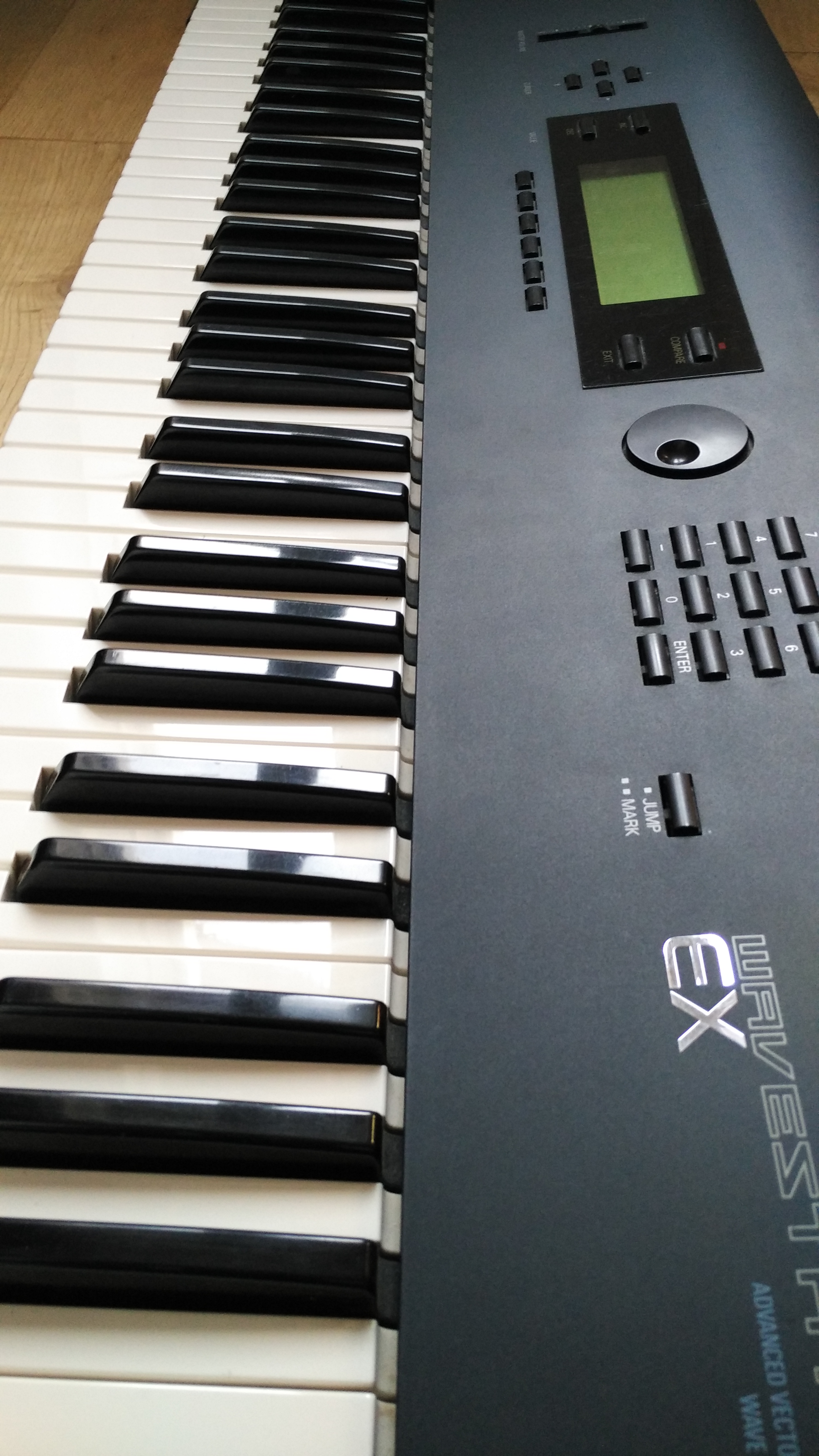
However, a Performance isn't a MIDI multitimbral setup but a sophisticated keyboard configuration in which each Part can be assigned its own note and velocity zones.

You can use up to four oscillators in a Patch (which would still give you eight-note polyphony, as the Wavestation has 32 voices), and one Patch can be assigned to each of the eight Parts of a Performance. A matrix modulation-type setup allows any of 13 sources (including two assignable MIDI controllers) to modulate any of five destinations. One Wave can be assigned to an oscillator and routed through a filter and amplifier configuration, and further modified by a dedicated amplitude envelope, one assignable envelope and two assignable LFOs. And so it is that Korg bring us not the workstation, but the Wavestation.Īt the heart of the new Wavestation lies an internal Wave List of 253 waveforms and 112 samples, expandable courtesy of plug-in PCM ROM cards. They've also avoided a sample-centred approach to synthesis, instead returning to the more traditional idea of using waveforms as the basis of synthesis - while taking advantage of the fact that digitally-stored waveforms needn't be limited to the sawtooth, triangle and square waves of analogue oscillators. But while Korg endorsed the workstation concept wholeheartedly with their M1 and the T-series synths, with their new synth they've done away with the workstation staples of onboard sequencer and dedicated drumkit section.


THESE DAYS MANUFACTURERS are practically falling over themselves to avoid using the term "workstation", if not the concept it signifies.


 0 kommentar(er)
0 kommentar(er)
